1. Kellogg’s Corn Flakes Were Originally Meant to Stop Primal Urges
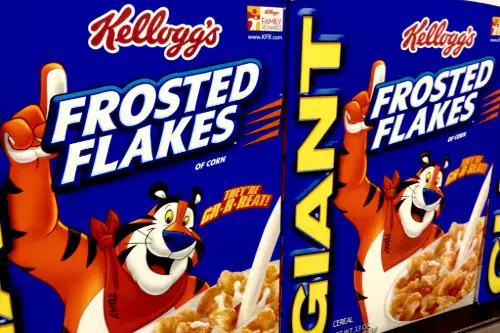
Dr. John Harvey Kellogg wasn’t just obsessed with breakfast—he was on a mission to promote “pure” living, according to Hollie Borland from The Sun. He believed a bland, plant-based diet could curb desires, especially of the sinful variety. Corn Flakes were designed to be a dull, unexciting food to help people avoid temptation. He even promoted other extreme health ideas, including shock therapy and wearing metal devices to discourage “impure” thoughts.
His brother, Will Kellogg, had a very different idea—he wanted to add sugar and sell Corn Flakes as a tasty, mass-market cereal. The two fought bitterly over the direction of the company, and Will eventually won, turning Corn Flakes into a household name. John Harvey, furious that his health crusade had been hijacked, refused to eat the sugar-coated version himself. Ironically, the cereal meant to kill pleasure became a breakfast staple enjoyed by millions.
2. Milton Hershey Was Supposed to Be on the Titanic
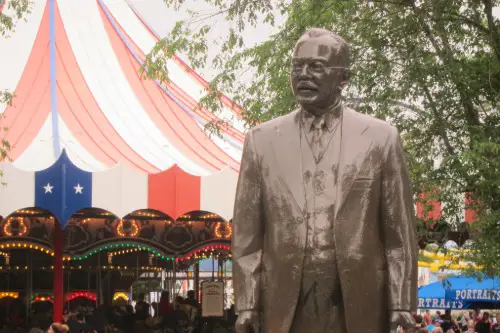
Milton Hershey, the man behind America’s most famous chocolate, had a first-class ticket for the Titanic’s doomed maiden voyage, Gabbi Shaw explains in Business Insider. He even put down a $300 deposit—about $9,000 in today’s money—for a luxury cabin. But at the last minute, a business obligation forced him to cancel, saving him from one of history’s most famous disasters. Instead, he took an earlier ship, unknowingly avoiding a tragedy that could have changed chocolate history forever.
If Hershey had been on board and perished, there’s a good chance his company wouldn’t have survived. His chocolate empire was still growing at the time, and his hands-on leadership was key to its success. It’s eerie to think that a single scheduling conflict kept the Hershey brand from disappearing into the Atlantic. Next time you unwrap a Hershey bar, just know it exists because of a lucky twist of fate.
3. Twinkies Were Originally Filled with Banana Cream
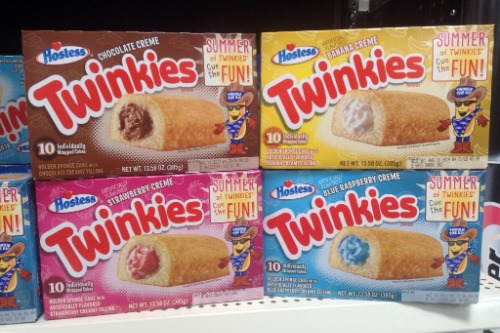
Before Twinkies became the cream-filled snack we know today, they had an entirely different flavor, according to Michael Blaustein from The New York Post. When James Dewar invented them in 1930, he filled them with banana cream, not vanilla. The change happened during World War II, when banana shortages forced Hostess to find a new filling. Vanilla was an easy substitute, and people ended up loving it even more than the original.
After the war, Hostess had the chance to bring back the banana version—but by then, the vanilla filling had become iconic. Over the years, they’ve occasionally released banana-flavored Twinkies as a nostalgic throwback. But the version we all recognize today only exists because of a global banana shortage. The next time you bite into a Twinkie, just know that history, not marketing, shaped its flavor.
4. Heinz Ketchup Was Originally a Failure
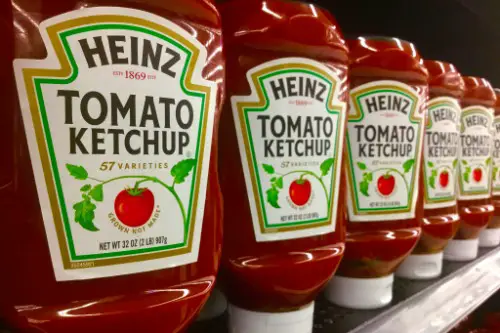
Before H.J. Heinz became the king of ketchup, his first business venture completely flopped, according to Gary Hoover from the American Business History Center. In the 1860s, he started selling bottled horseradish, but his company collapsed due to financial troubles. Broke and desperate, Heinz didn’t give up—he quickly pivoted to making ketchup, a product that was still relatively new in America. He borrowed money from his family and rebuilt his company from the ground up.
The key to his success? Unlike other ketchup makers, he used ripe tomatoes instead of unripe ones, which made his product safer and tastier. This gave Heinz ketchup its signature bright red color, while competitors’ versions were brown and full of preservatives. His insistence on quality paid off, and today, Heinz dominates the ketchup market with a staggering 60% share. Not bad for a guy who went bankrupt selling horseradish.
5. The Founder of McDonald’s Wasn’t Actually Ray Kroc
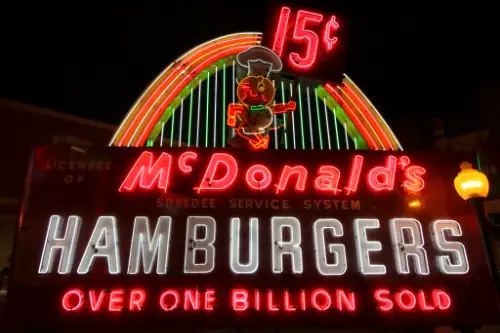
McDonald’s is often credited to Ray Kroc, but the real founders were two brothers, Richard and Maurice McDonald, Joanna Sarah-Freedman shares in Twisted. They created the original Speedee Service System, which revolutionized fast food by focusing on efficiency. When Kroc, a struggling milkshake machine salesman, saw their operation, he realized its potential and convinced them to franchise. The McDonald brothers agreed, but they severely underestimated Kroc’s ambition.
Kroc eventually bought them out for $2.7 million, promising them a small percentage of future sales. However, that handshake agreement was never honored, and the brothers never saw another dime. They lost the right to use their own name in the fast-food business and watched as Kroc turned McDonald’s into a global empire. The golden arches might as well be a monument to the biggest business takeover in fast-food history.
6. Fanta Was Created in Nazi Germany
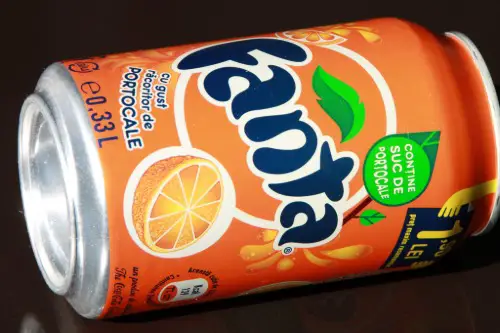
During World War II, Coca-Cola’s German division faced a huge problem—it could no longer get the syrup needed to make Coke due to trade restrictions. Rather than shut down operations, the head of Coca-Cola Germany, Max Keith, came up with a new drink using whatever ingredients were available. He mixed whey, apple fiber, and leftover food scraps into a fruity soda and called it Fanta. The drink became wildly popular in Germany, keeping the Coca-Cola brand alive there during the war.
After the war, Fanta disappeared for a while but was revived in the 1950s as an official Coca-Cola product. Today, it’s one of the most popular sodas worldwide, available in dozens of flavors. Most people have no idea that their favorite orange soda has such an unusual wartime origin. The next time you take a sip, remember—it was born out of necessity in one of history’s darkest times.
7. The Man Who Created Nacho Cheese Doritos Was Fired for It
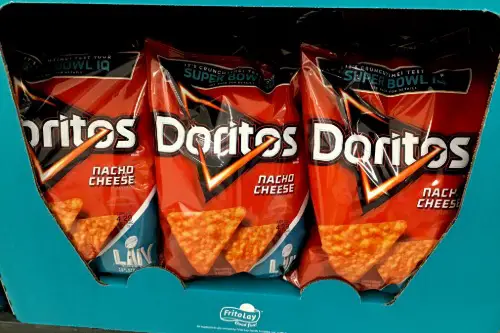
Arch West, a marketing executive at Frito-Lay, came up with the idea for flavored Doritos after tasting a spiced tortilla chip on a trip to California. He pitched the idea to his bosses, but they weren’t convinced, thinking it was too risky. Ignoring their hesitation, West secretly funneled company money into developing and testing the product. When Nacho Cheese Doritos became a massive success, Frito-Lay rewarded him—not with a promotion, but by firing him.
The company wanted to maintain control over its product development process, and West’s rogue move embarrassed the higher-ups. Despite his dismissal, Nacho Cheese Doritos became one of the best-selling snack foods of all time. Ironically, West never held a grudge, and when he passed away in 2011, his family honored him by sprinkling Doritos into his grave. The chip that got him fired ended up being his lasting legacy.
8. Dr Pepper Was Once Marketed as a Health Drink

Long before Dr Pepper became a soda fountain favorite, it was pitched as a medicinal tonic. In the early 1900s, the company advertised it as a “brain tonic” that could improve digestion and give drinkers a much-needed energy boost. One slogan even encouraged people to drink it at 10 a.m., 2 p.m., and 4 p.m. to stay alert throughout the day. This “prescription” was based on the idea that people naturally experience energy slumps at those times.
There was no real science behind the claim, but it worked—Dr Pepper became a hit. The drink contained a mix of 23 flavors, including prune juice (which led to the false rumor that it was a laxative). Eventually, the brand dropped the health claims and leaned into its unique taste instead. Still, the idea of Dr Pepper as a wellness drink is one of the strangest chapters in soda history.
9. Reese’s Peanut Butter Cups Were Created by a Hershey Employee
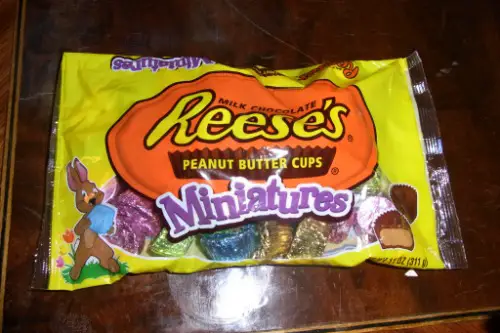
Harry Burnett Reese was just another worker at Hershey’s chocolate factory when he decided to try making his own candy. He experimented in his basement, using Hershey’s chocolate as a base, and came up with the perfect combination of peanut butter and chocolate. His peanut butter cups became so popular that he quit his job and started his own candy company. Hershey didn’t see him as a threat—until Reese’s brand started taking off.
By the 1960s, Reese’s Peanut Butter Cups were outselling many of Hershey’s own products. Rather than fight the competition, Hershey bought the Reese company, securing its place as one of the most successful candies ever. Today, Reese’s Peanut Butter Cups bring in over $2 billion a year for Hershey. Not bad for a basement experiment from a guy who used to be on their payroll.
10. The Founder of Domino’s Gave Away His Company for a Used Car
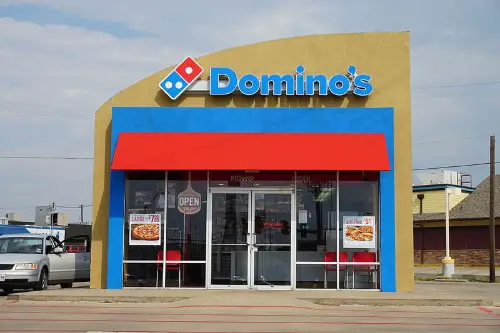
Tom Monaghan, the founder of Domino’s Pizza, originally started the business with his brother, James. They bought a small pizza shop in Michigan for $500 and worked together—until James decided he wanted out. Instead of demanding a buyout, James agreed to trade his half of the company for a used Volkswagen Beetle. It seemed like a good deal at the time, but it turned out to be one of the worst business decisions ever.
Tom went on to build Domino’s into one of the largest pizza chains in the world, while James faded into obscurity. Had he kept his stake, he would have been worth hundreds of millions of dollars. Instead, all he got was an old car. It’s a brutal reminder that sometimes, holding onto something just a little longer can change your entire future.
11. Coca-Cola’s Secret Formula Was Once Changed—And It Had Nothing to Do With New Coke
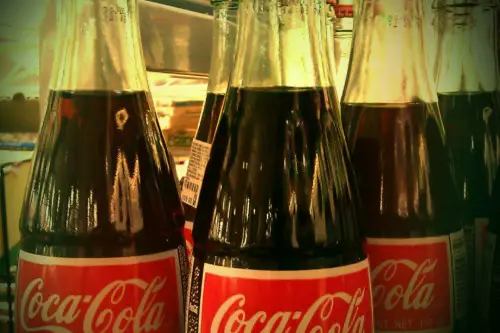
The infamous New Coke fiasco of 1985 is well known, but Coca-Cola secretly changed its formula decades earlier for a totally different reason. In 1929, the company quietly removed coca leaf extract, which originally contained trace amounts of cocaine, due to growing legal and public pressure. Before that, the drink’s “medicinal” reputation came partly from this stimulant ingredient, though it wasn’t as potent as some myths suggest. Instead of making a public announcement, Coca-Cola simply phased in a new version with a “de-cocainized” coca leaf extract.
Most customers never noticed the change, and the brand continued to market Coke as a refreshing pick-me-up. By the time the government officially cracked down on cocaine in consumer products, Coca-Cola had already adjusted its formula, avoiding a PR disaster. This quiet switch helped the company maintain its image as a wholesome, all-American beverage. So while New Coke caused a public meltdown, Coca-Cola’s first major formula change went almost completely unnoticed.
12. Wendy’s Almost Didn’t Have a Drive-Thru
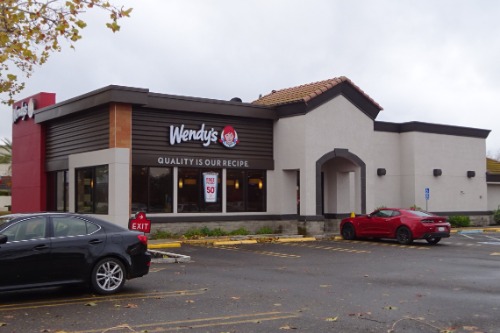
It’s hard to imagine Wendy’s without its famous drive-thru, but Dave Thomas initially had no interest in adding one. When other fast-food chains started embracing drive-thrus in the 1970s, he resisted, believing it would ruin the quality of service. But after noticing how much business competitors like McDonald’s were doing with their drive-thrus, he reluctantly gave in. To differentiate Wendy’s, he made sure their drive-thru used a speaker system that allowed for more accurate orders.
His gamble paid off—Wendy’s became the first fast-food chain to install a modern drive-thru window with a two-way speaker. This innovation helped drive-thru service explode across the industry, changing the way Americans eat on the go. Today, drive-thrus make up about 70% of Wendy’s sales. The man who was against the idea ended up revolutionizing fast food in the process.


